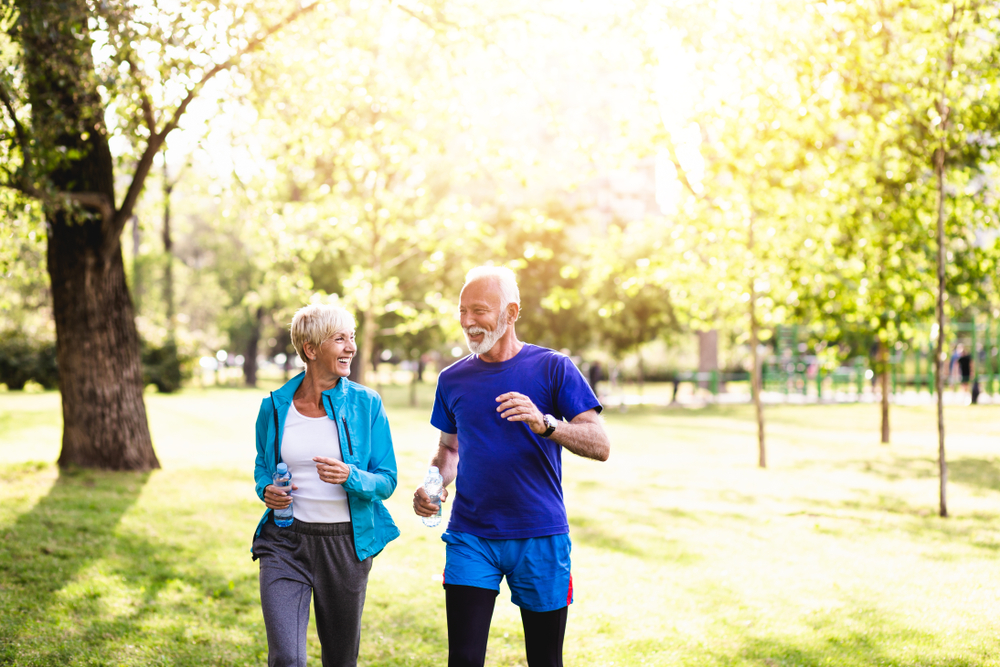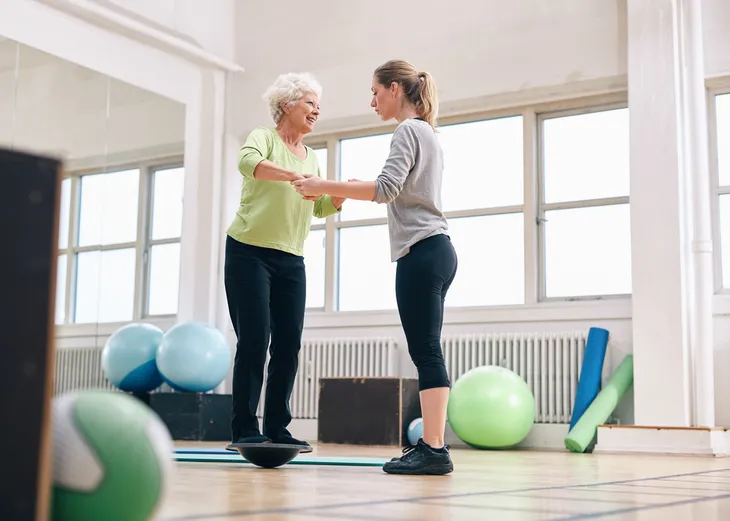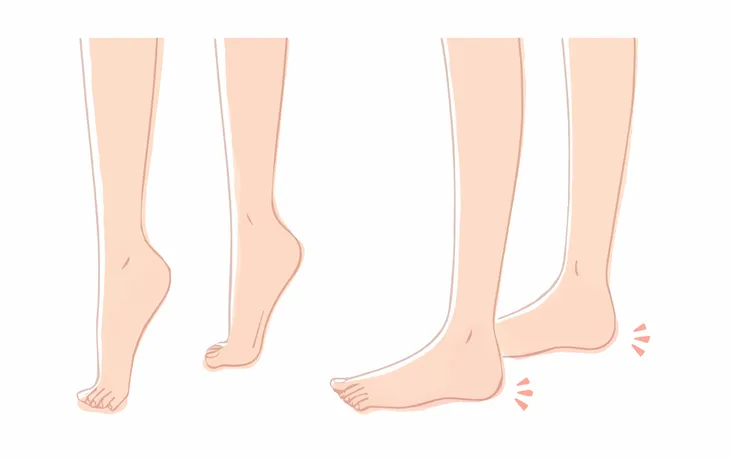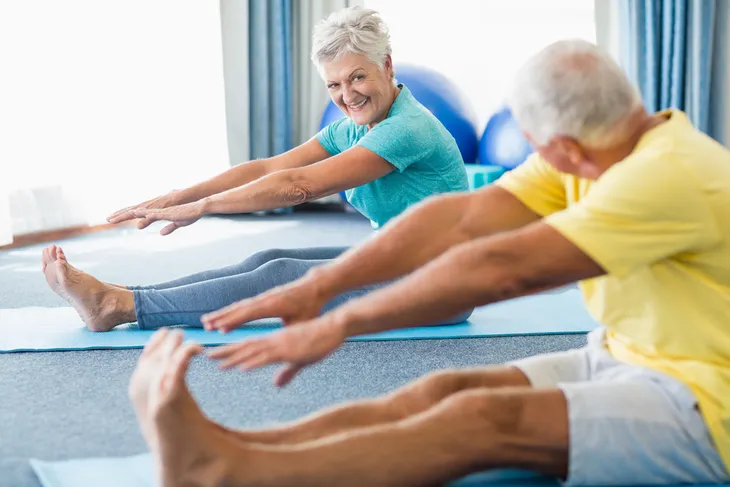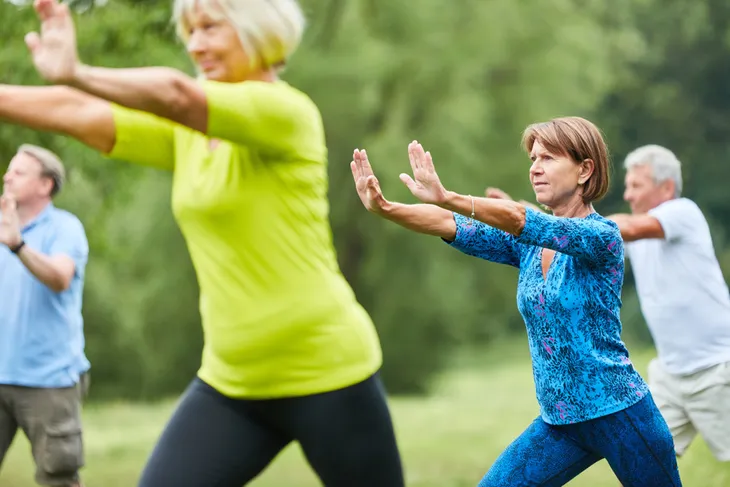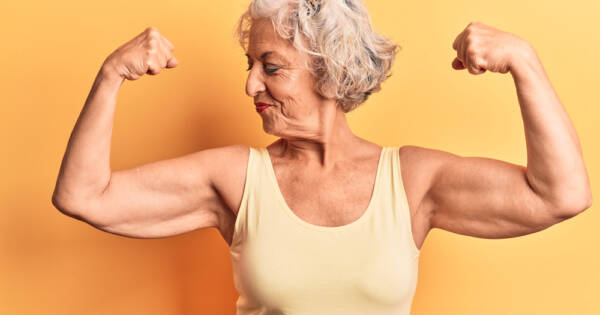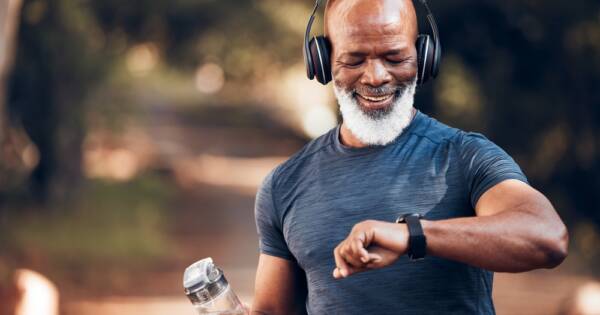Strengthening muscles and keeping joints strong can help us age successfully (and healthy) and help prevent falls or decreases in mobility. This is important because as we age, we tend to lose muscle strength, muscle size, and joint flexibility. This leaves you at risk of falling and even hurting yourself.
No one wants to lose their independence and physical ability as they get older. This is a stage in life where you get to enjoy retirement and years of hard work. You should be able to travel, play with grandchildren, and indulge guilt-free in hobbies. You don’t want to worried about whether or not you can do what you love, especially since this will prevent you from living life to the fullest.
The key to avoiding the not so nice side of aging is to stay active and participate in weekly exercises that keep your muscles and bones healthy. Be sure to speak to your doctor or physiotherapist first to make sure these exercises are safe for you.
Want senior content delivered straight to your inbox? Sign up for our exclusive email list and receive articles and news on diet & nutrition, fitness, and mental health dedicated specifically to our senior audience!
Balance Training
A great exercise to help improve balance is standing on one leg. When we walk, run or climb up and down stairs, we spend most of our time in a single leg stance (on one leg).
Therefore, practicing balancing on one foot will help to keep you upright and feeling confident when out for walks. Make sure to stand close to a wall or chair just in case you lose your balance. As your balance improves, make sure to continue making your balance exercises more challenging.
Heel Raises
A great deal of our walking speed and power is generated by the calf muscles. These are the muscles located in the back of your shin. Seniors are at a greater risk for falling when their walking speed decreases which causes you to become more unsteady on your feet.
To help increase balance, add heel raises into your exercise routine. These will strengthen the calf muscles and help increase your walking speed and power. Building strong calf muscles will also help strengthen your ankles and knees as you age, making you more resilient to injury.
Glute Bridges
Many falls happen when seniors try to stand up or lower themselves into a chair. When we’re young we likely don’t give this motion much thought, but as we get older and our balance isn’t as good, it’s actually a tricky task that requires a little more care.
To ensure that you stay nice and balanced when going from sitting to standing, add in a few sets of glute bridges. This will help keep your buttock muscles nice and strong, giving you more stability. Adding in this exercise will not only decrease your chances of falling by strengthening your glutes and thigh muscles — you’ll also be able to climb up and down stairs much easier.
Hamstring Stretches
These are the muscles that run along the back of your thigh. As a person ages, they’ll inherently spend more time sitting down causing for these muscles to become tight and less flexible. Adding in hamstring exercises can help keep your muscles and joints mobile.
Performing a morning stretching routine is a great way to ensure your muscles stay nice and loose and prepared for the day ahead. It’s also a good idea to do five minutes of light stretching after a workout.
Water Aerobics Class
Performing exercises in a water aerobics pool helps to keep the pressure off your joints while you work on strengthening your muscles. This is a great option if you have sore and achy joints or if you feel unstable exercising on land.
To ensure your workout is safe and effective, be sure to get a personalized water aerobics program from a personal trainer or physiotherapist. Once you’ve done that, it’s time to start burning calories and strengthening your muscles!
Tai Chi
Tai Chi uses smooth flowing movements to help people build strength into your muscles and joints. It also helps you to increase your balance through continuous poses that will safely challenge your ability to stay upright.
This gentle yet challenging style of martial arts will do wonders for your confidence in your ability to balance without falling. This style of exercise is also a great way to go and meet new people as Tai Chi classes tend to be very social settings.
Walking
Yes, this sounds too good to be true, but I can assure you it isn’t. As people age, they tend to become less and less active which leaves them at risk for injury. Most of the time it has to do with their decreased walking speed. Think of it this way, the more your walking speed slows, the more unsteady you are on your feet and less able to respond to triggers that will cause you to lose your balance and fall.
The trick here is to keep up your daily walking so that you are working on walking faster and longer each week. The faster you walk, the more momentum you’ll carry. This will allow you to keep your balance and avoid falling for years to come. (For more information, check out this article on all the Benefits of Walking).
